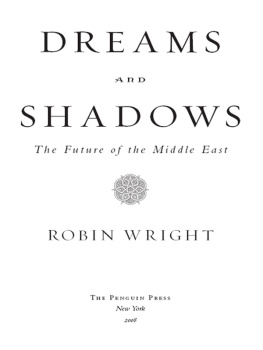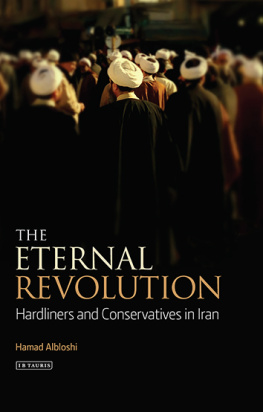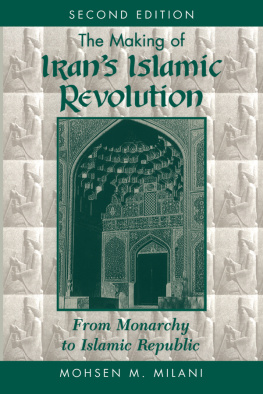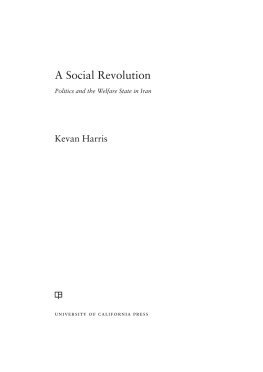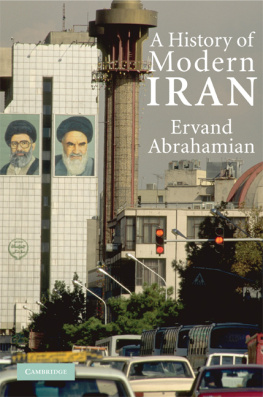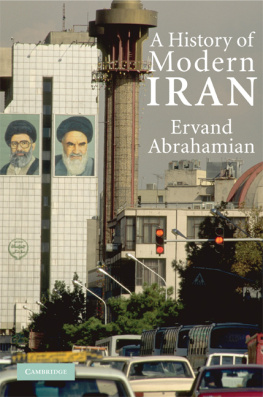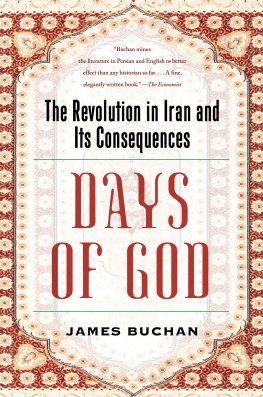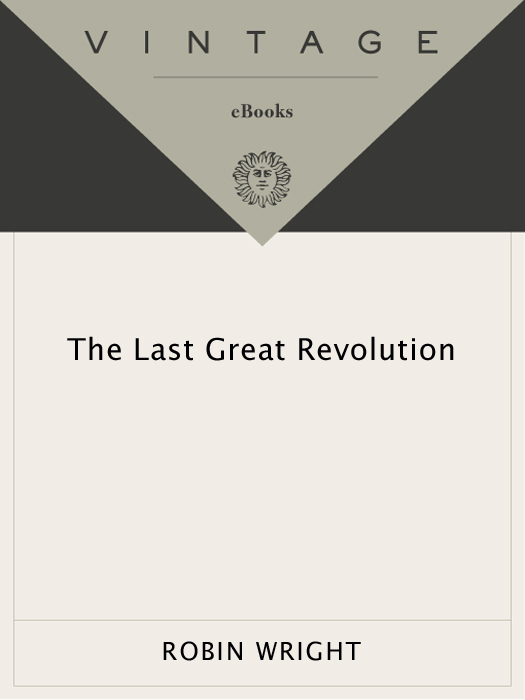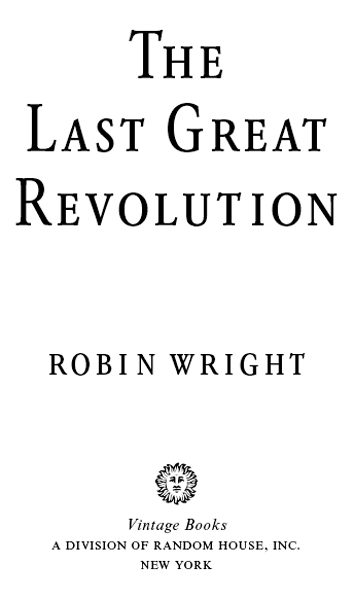
ROBIN WRIGHT
T HE L AST G REAT R EVOLUTION
Robin Wright has reported from more than 120 countries as a correspondent for the Los Angeles Times, The Washington Post, CBS News, The Sunday Times (London), and The Christian Science Monitor. She was a fellow at the Carnegie Endowment for International Peace, Yale University, Duke University, and Stanford Universitys Hoover Institute. She won the National Magazine Award for her reporting on Iran for The New Yorker and was the recipient of an Overseas Press Club Award for the best reporting requiring exceptional courage and initiative. She is the author of Sacred Rage: The Wrath of Militant Islam, In the Name of God: The Khomeini Decade, and (with Doyle McManus) Flashpoints: Promise and Peril in a New World.
ALSO BY ROBIN WRIGHT
Flashpoints:
Promise and Peril in a New World
(with Doyle McManus)
Sacred Rage:
The Wrath of Militant Islam
In the Name of God:
The Khomeini Decade
FIRST VINTAGE BOOKS EDITION, FEBRUARY 2001
Copyright 2000, 2001 by Robin Wright
Map copyright 2000 by David Lindroth, Inc.
All rights reserved under International and Pan-American Copyright Conventions. Published in the United States by Vintage Books, a division of Random House, Inc., New York, and simultaneously in Canada by Random House of Canada Limited, Toronto. Originally published in the United States by Alfred A. Knopf, a division of Random House, Inc., New York, in 2000.
Vintage and colophon are registered trademarks of Random House, Inc.
The Library of Congress has cataloged the Knopf edition as follows:
Wright, Robin B., [date]
The last great revolution/by Robin Wright. 1st ed.
p. cm.
eISBN: 978-0-307-76607-6
1. IranPolitics and government19791997. 2. IranPolitics and government1997 3. IranSocial conditions19791997. 4. IranSocial conditions1997 I. Title.
DS318.8.W75 2000
955.054dc21
99-27798
Author photograph Charles Knoeckel
v3.1
FOR MY MOTHER
who inspired me to taste the world
and who taught me tolerance
The way of God, who disposes all things with gentleness, is to instill religion into our minds with reasoned arguments and into our hearts with grace. Attempting to instill it with force and threats is not religion, but terror.
P ASCAL
CONTENTS
INTRODUCTION:
A PERSONAL ODYSSEY
One man with beliefs is equal to a thousand with only interests.
J OHN S TUART M ILL
We cannot apply European standards of conduct to Persia with any expectation that they will furnish a reliable gauge of action.
L ORD B ALFOUR
I FIRST WENT to Iran in 1973 as a young reporter. The fourth modern Mideast war had just erupted and fury engulfed other parts of the region. As I wrote home at the time, Iran was then a place that seemed to make sense. In a part of the world where people were so filled with hate for one anotherand so often for the West as wellIran was one of the few comfortable places for foreigners. We were welcome.
Indeed, we were everywhere in Iranadvising its government officials, training its military, building its oil rigs, teaching in its schools and peddling our cars, language, fashions, industrial products and culture.
My memories of that visit are still strong. I stayed at the new Hilton Hotel, where a recent Miss Iran pageant had selected a candidate for the Miss Universe contest. I swam in the pool. I borrowed a racket and played tennis on the hotel courts. I also had a drink in the hotel bar with an uncle from the University of California who was among some forty thousand Americans working in Tehran at the time. He was advising the government on how to modernize its national library system.
Tehran was the kind of place where foreigners could often find someone they knew or with whom they shared mutual friends.
The images that I stored away of Iran in 1973 were familiar, some even reassuring. I remember a day wandering through the dusty, labyrinthine alleys of Tehrans Great Bazaar and seeing an enormous silk carpet woven in the image of President John F. Kennedy hanging from the vaulted rafters next to a slightly larger carpet of Mohammad Reza Shah Pahlavi. I drove down major boulevards in Tehran named after Presidents Franklin Roosevelt and Dwight Eisenhower, after Queen Elizabeth and Winston Churchill, all of whom had visited the Iranian capital as guests of the shah.
Iran was then an openly inviting place for an American woman. I felt as relaxed about traveling throughout the country as I did in Europe. I could go most places, do virtually anything, talk to anyone and dress in whatever apparel I chose. Short skirts were acceptable. After all, Iranians wore bikinis on the beach.
It was somewhat of an illusion, of course. Through a political sleight of hand that was sometimes masterful and other times clumsy, an autocratic monarchy tightly controlled the environment. The shah wanted to see Iran move in one direction and many who deviated, politically or culturally, paid a price. Some were excluded from the system or publicly denounced. Others went to prison. A few, including Ayatollah Khomeini, were deported from the land of their birth.
Foreigners sometimes felt better about Iran than Iranians did, partly because of a superficial cultural imprint from the West but mostly because we chose to see what we wanted to see. A decade after the revolution, an Iranian journalist tried to explain to me what had happened.
You thought you understood Iran because the shah spoke English and because his cabinet had read Shakespeare, he said. You thought he was good because you could see a reflection of yourself in him. But he understood Iran as little as you did, and thats why you both failed.
After that initial trip, I didnt give much thought to going back and I certainly never envisioned making Iran a specialty. I went off and did stints as a foreign correspondent in Africa, then Europe. But the revolution in early 1979 and then the United States Embassy takeover later that year got in the way. For a journalist, Iran became the best story in the world. So I returned.
The images from the revolutions angry early years are also still strong in my mind. Ill never forget my first flight back to Tehran, when the pilot invoked God as he greeted passengers on the intercom.
In the name of God, the compassionate and merciful, he said, welcome aboard this flight to the Islamic Republic of Iran.
The same salutation had begun to precede every officials speech and every television broadcast. It became the first line of all public documents, from wills and deeds to marriage licenses. It was incorporated into the new national flag, integrated into business signs, printed atop official stationery and even painted as roadside graffiti. The phrase became a kind of formal public greeting, roughly equivalent to the French Revolutions citoyen or the Soviet Unions comrade.
Its use by the pilot was fair notice that even minutiae had been redefined in religious terms.
Before we landed in Tehran, the flights lone stewardess helped me tighten a big headscarf and button up a baggy ankle-length coat known as a


